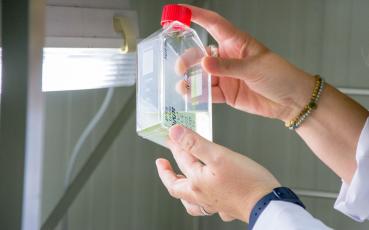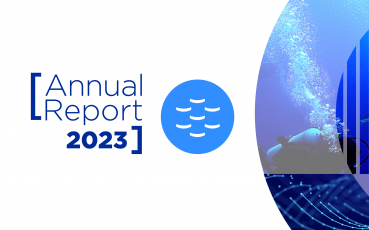Given the recent addition of multiple offshore wind turbines in the marine environment, there is an increased need to understand how these structures affect the marine ecosystem. Earlier research in the Belgian part of the North Sea and other European waters showed a fast colonization of the wind turbines by very diverse and dense fouling communities. These communities can act as food items for higher trophic levels (fish, lobster, edible crab…) which are indeed found in increased densities in the vicinity of these turbines. At the same time, the scour protection layer increases habitat complexity and provides shelter for fish, large crustaceans and other organisms. As the number of offshore wind farms will be increasing soon, it is imperative to understand the combined effect of multiple wind farms in combination with other activities on the marine ecosystem. This means that research needs to move away from local observations to investigations on functional responses that can be upscaled to a larger geographical area.

In February 2020, Ninon Mavraki (RBINS/UGent) submitted her PhD on the food-web ecology of the fouling fauna of an offshore wind turbine at the Belgian part of the North Sea. Making use of EMBRC-BE services including the scientific diving team, experimental infrastructure (the Artificial Hard Substrate Garden, located in the vicinity of the C-Power wind farm) and high-tech equipment (oxygen optode technology), she identified functional differences in fouling communities located at different depth zones along a turbine and contributed to the understanding on the ecological mechanisms allowing the co-existence of the many species found on turbines and the scour protection layer. In addition, the PhD contributes to assessing the effect of the presence of the turbines and the associated fouling fauna on other components, ranging from the consumption of small primary producers in the water column, over the production of faecal pellets ending up at the sea floor to the use of the structures by a number of fish species.





















